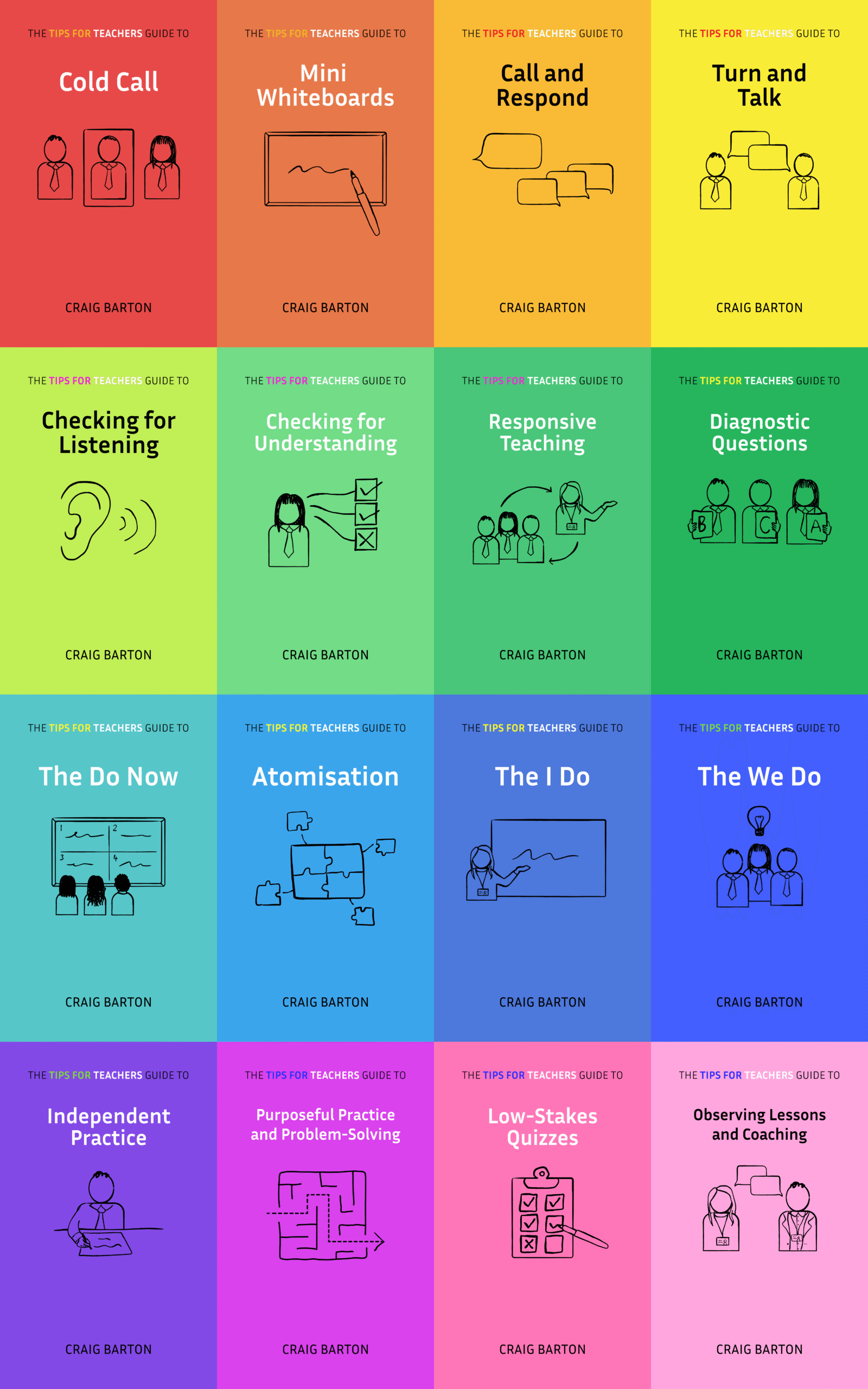
- Title: Investigating attention contagion between students in a lecture hall.
- Authors: Forrin, N. D., Kudsi, N., Cyr, E. N., Sana, F., Davidesco, I., & Kim, J. A
- Access the original paper here
- Listen to a deep-dive podcast:
Paper summary
This research article investigates attention contagion in a university lecture hall. Researchers manipulated student attentiveness (attentive vs. inattentive confederates) and seating proximity to examine its impact on participants’ attentiveness, note-taking, and quiz performance. The study found that inattentiveness, but not attentiveness, spread contagiously, particularly among students seated between inattentive peers. Mediation analyses suggested that goal contagion and social appraisal of lecture importance might partially explain this effect. The findings highlight the significant influence of peer behavior on individual learning and offer practical implications for classroom arrangement and instruction.
What are the key implications for teachers in the classroom?
The sources describe an experiment investigating attention contagion, which is how students’ attentiveness is influenced by their peers. This has some key implications for teachers:
- Inattention is contagious. Students are more likely to become inattentive themselves if they see their classmates being inattentive. This was especially true when students were seated between inattentive peers.
- Inattention contagion can negatively impact learning. The study found that students who became inattentive due to their peers took fewer notes and performed worse on a quiz about the lecture.
- Peer distraction is not the only factor driving inattention contagion. Even in a device-free classroom, inattentive behavior can spread from student to student. This suggests that other factors, like goal contagion and social appraisals of lecture importance, are also at play.
- The study suggests that being seated between inattentive peers can have a negative impact on a student’s attentiveness. While it may seem intuitive to seat distracting students at the back, in a device-free classroom, seating inattentive students in the middle may negatively affect those around them.
- Teachers should be aware of the potential for inattention contagion and take steps to mitigate it. This could involve strategies like:
- Encouraging active learning and student engagement.
- Monitoring student behavior and addressing inattentiveness directly.
- Creating a positive and supportive classroom culture where students feel comfortable being attentive.
It is important to note that this was a simulated classroom experiment and more research is needed in real-world settings. However, the results provide valuable insights into the dynamics of attention in the classroom and offer practical considerations for teachers.
Quote
Instructors and students should be aware that inattention spreads during lectures—even in device-free classrooms—and meaningfully affects learning and academic performance. Inattention is contagious.








